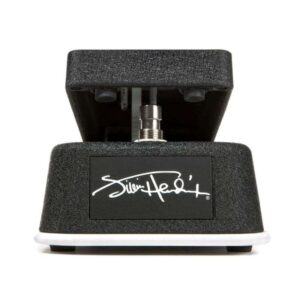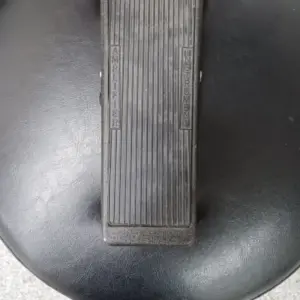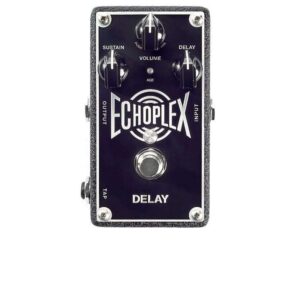Description
The Jim Dunlop GCB95 CryBaby Wah Pedal – Nearly New is in New condition and made by Dunlop , it is just a great CryBaby GCB95 Dunlop Jim Pedals Effects Bass Bass Guitar Effect Pedal Guitar Effect Pedal- The Jim Dunlop GCB95 Original Crybaby Wah Wah pedal has been a true staple of classic rock and blues since the early 60s. The Wah sound is not limited just to blues and rock, it has been adapted by many other genres such as funk and even heavy metal. As if the guitar itself wasn’t expressive enough, the CryBaby allows the player project more emotion and dynamics into their performance. The GCB-95 has a characteristic cutting high end, which allows guitar solos to slice through the band mix. This model includes the legendary Fasel inductor which creates the aggressive vintage sweep of the original 60s CryBaby’s. . Available from Just Pedals for only £ 94 + delivery. Read More for details, demos & to order securely online.












Reviews
There are no reviews yet.